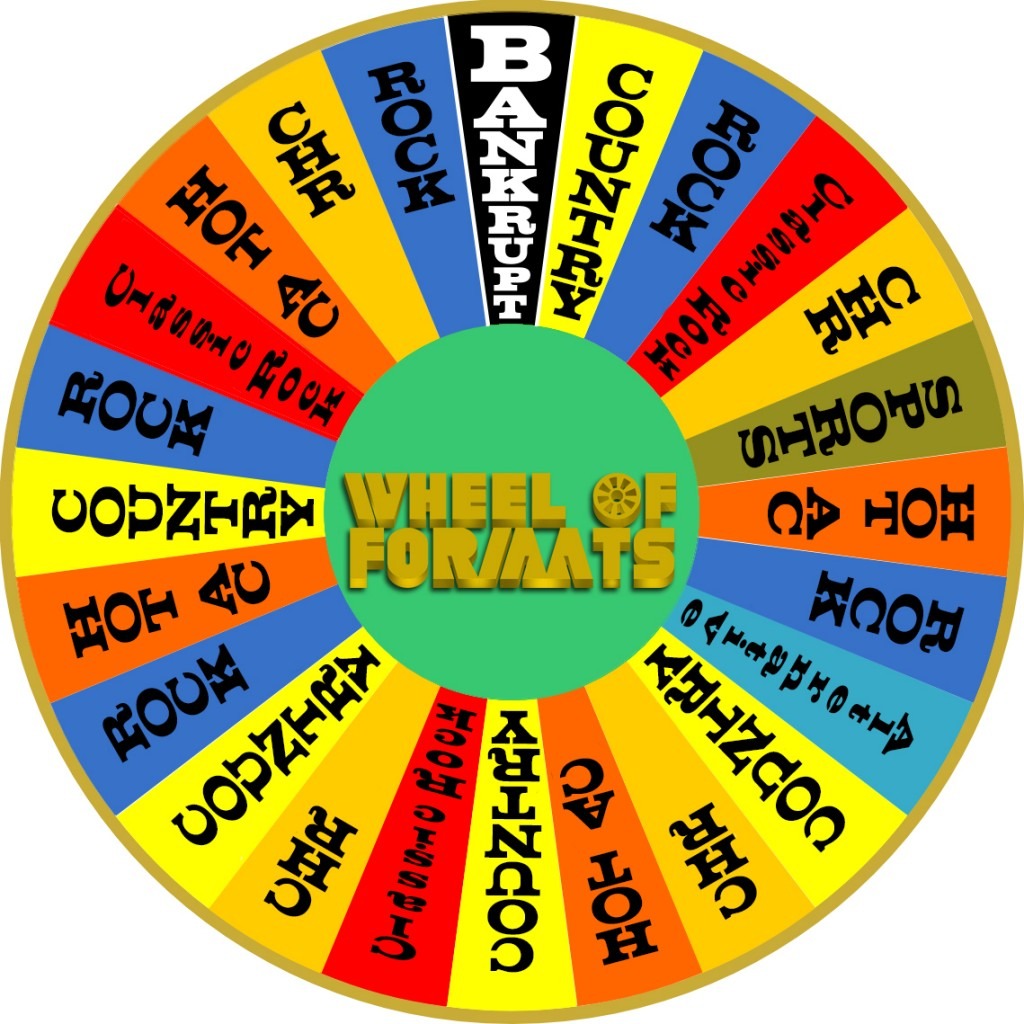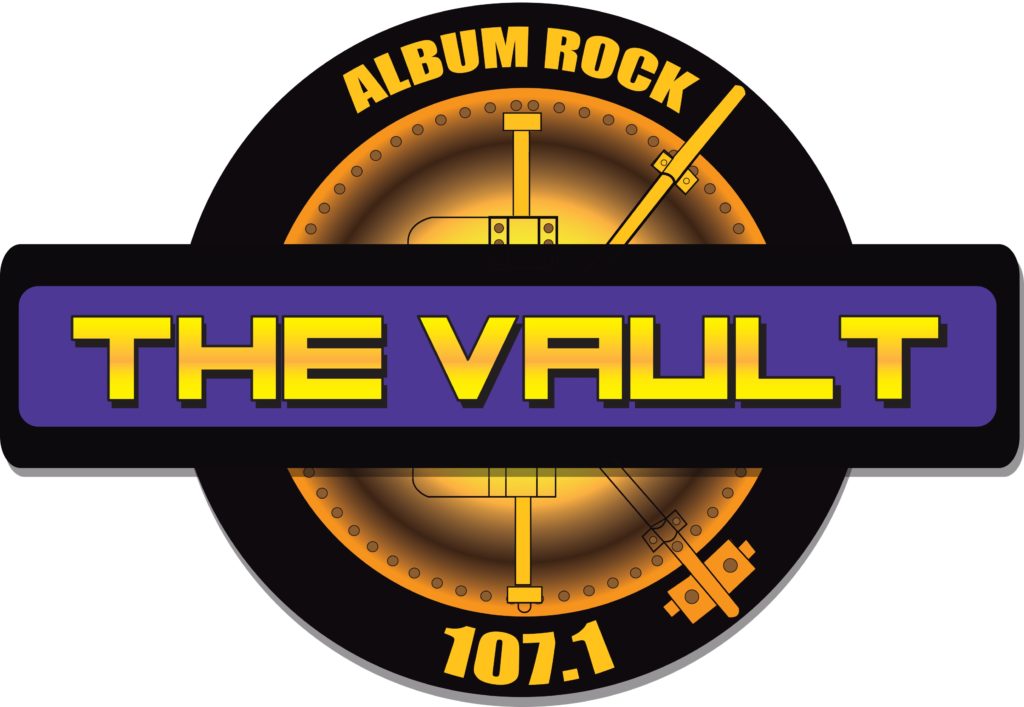
Last week, the world was talking about radio. Problem is, the conversation wasn’t exactly what the NAB and industry leaders were hoping for.
At a time when North Korean nukes, White House leaks, and other lofty issues were percolating on the big stage, Americans everywhere were buzzing about the court case where Taylor Swift and a DJ from Denver were embroiled in dueling lawsuits regarding groping. Sure, radio was a topic of conversation, but not in the way it ought to be.
Week in and week out, broadcasters busily move the pawns around the radio chessboard. In just the past couple weeks some electrifying things have happened in the world of radio programming. A station in Covington, Iowa took the leap and transitioned from Top 40 to Country – ironically the same format it flipped to Top 40 back in 2014. Not to be outdone, an Adult Hits station in Tulsa made the bold move and changed formats to Classic Hits. And in the biggest format flip of the month, a station in Reno switched from Alternative to Adult Standards – that should cleanse the cume.
It’s not that these format changes are meaningless. Financially to the companies that engineered them, they could be the difference between profit and loss for the year. But to audiences distracted by smartphones, podcasts, web video, social media, scripted TV series, and Alexa, this format furniture rearranging isn’t generating any measure of attention. In fact, it all sounds like business as usual in the radio business.
And these days, that’s not enough for radio to maintain any semblance of buzzworthiness in a world where consumers are fatally stricken with M.A.D.D. – media attention deficit disorder.
Radio used to get by as an industry by simply doing a good job of competently programming its stations, playing new music, stimulating fans with sports and news talk shows, and providing it all as a 24-hour services . But to stand out in today’s environment, radio needs to do more – a lot more.
Yes, custom-made podcasts, out-of-the-box HD2 channels, alternative streams, mobile apps, social media memes, and funny web videos are all smart endeavors for any radio station to pursue. They provide a measure of notoriety, and they help stations “break format” by doing things that are out of the ordinary.
But the real measure of radio buzz is content-driven on its main signals. It’s a direct result of what’s on the radio at any given moment in time. And yet in a consolidated radio world where companies own a lot of the marbles, stations tend to play it safe.
So what does it take to move the needle – to get consumers excited by something they hear on the radio that it truly breaks up the monotony? My yardstick for radio is simple.
It’s the “Two Guys Sitting In A Bar Test.”
Imagine two dudes perched on bar stools, sipping their craft beers. And one turns to the other to tell him about an amazing FM radio station that just signed on in the market. Not a second Country station, or a flip from Classic Rock to Classic Hits. But a station that is truly different. One that motivates the guy on the left to turn to the guy on the right and say:
“Did you hear about that new station at 98.7?”
That can’t possibly happens when everyone plays it safe, and only considers options from a list of established formats. And for too long, that’s essentially how the “format search” process works. When a station gets in trouble or a new translator is acquired, the “best practices” solution is to pick an option from what I call the “Wheel of Formats” – a tried-and-true list of choices that audiences will immediately understand, but will do very little to excite, enchant, and amaze local markets.
 If radio operators have the desire to stimulate their local markets, it’s not going to come from a “safe list” of formats. And as station owners have often learned the hard way, it’s much easier to blow up a loser station than it is to devise something unique, special, and truly out of the box.
If radio operators have the desire to stimulate their local markets, it’s not going to come from a “safe list” of formats. And as station owners have often learned the hard way, it’s much easier to blow up a loser station than it is to devise something unique, special, and truly out of the box.
I was reminded of that at Morning Show Boot Camp earlier this month, Hubbard Radio’s Ginny Morris told the assembled masses in the big ballroom about her saga with MyTalk 107.1 The  station – originally conceived as a talker designed for women when it signed on in 2002 – took many years to attain a level of success. Ginny explained how the station struggled for a decade before the company found its “sweet spot’ with the format. Nonetheless, it’s a testament to format innovation, perseverance, as well as how difficult it can be to launch something that’s truly different. And MyTalk would most definitely pass the “Two Women Sitting At The Bar Test.”
station – originally conceived as a talker designed for women when it signed on in 2002 – took many years to attain a level of success. Ginny explained how the station struggled for a decade before the company found its “sweet spot’ with the format. Nonetheless, it’s a testament to format innovation, perseverance, as well as how difficult it can be to launch something that’s truly different. And MyTalk would most definitely pass the “Two Women Sitting At The Bar Test.”
And it’s why I sat up and paid attention last week when I got a note from broadcast veteran, Rick Peters. His Bluewater Broadcasting in Montgomery, Alabama, just flipped formats on its 107.1 translator (yes, the same frequency as Hubbard’s MyTalk) to a true old school Album Rock.
The Vault isn’t a Classic Rock station, but one that plays Album Rock. And it will be staffed with  former AOR jocks in the building.
former AOR jocks in the building.
As Rick explained to me, “The premise is simple – we bought these albums. We know them. Why not play them – 2,000+ cuts. What the hell – it’s a translator.”
You can stream The Vault here.
The station was Top 40 and obviously not making any waves in the market. Will it pass the “TGSIABT” in Montgomery. Hopefully so, and in combination with the company’s Alternative station – The Gump – covers the entire spectrum of rock.
When radio uses its translators and loser FM signals to strategically bash or even take down the other station or cluster in town, the audience doesn’t win – and the listener experience isn’t enhanced. Those machinations may yield tactical results in the short run, but do nothing to lift up radio in local markets.
As an industry, radio has spent too much time focusing on format strategy, and not enough on format innovation. And it starts with company leaders pushing its programmers and other creatives to dream up and concoct radio and personalities unlike anyone has ever heard before.
That’s what will get those two guys sipping beers at the bar talking about radio again rather than cars, the White House, and college football.
You pull that off in your local market, and the next round’s on me.
- What To Do If Your Radio Station Goes Through A Midlife Crisis - April 25, 2025
- A 2020 Lesson?It Could All Be Gone In A Flash - April 24, 2025
- How AI Can Give Radio Personalities More…PERSONALITY - April 23, 2025




As they say….”Ready when you are!” Going through all the latest ratings for July & Spring, there are more than a few wasted signals. Retooling a station can be done effectively with existing in-house resources. Even VT/Automation can be curated into something special. Has what FM did in the 60’s to take over radio dominance become a lost art? Boomer motivation and mass appeal playlists in our heads will be the next “new worst to first” formats. Add current, local connection, a fresh presentation and let’s go! Thanks, Fred! Clark, Broadcastideas.com
It’s those wasted signals that speaks to the point, Clark. Thanks for the comment.
I might approach the format idea from an entirely different viewpoint. Those of us over 60 grew up on the transition from AM Variety to FM Underground (WKNR TO WABX for example.) As time went on, we the loyal listeners were largely disregarded and made to feel irrelevant. For markets that people retire to (i. e. Traverse City) the market is ripe to cater to this group of individuals who have disposable income. They are once again potentially loyal to a station that values them. What it sounds like the Vault is doing appears to follow this ideology.
Gary, an interesting theory. The transformation of what was progressive rock to what became AOR or Album Oriented Rock left some folks behind. I will say that stations like WRIF, WLLZ, W4, and yes, even WABX achieved some pretty strong numbers when they developed formats. But I totally “get” the listeners’ remorse you speak of, especially for those who were truly original fans. Thanks for the note.
Alternative to adult standards wow.
21 pilots to Percy Faith in one day.I remember someone we both worked with that would have love that change.
Yeah, he’d be turning over in his grave at that one. Hope all’s well, Sly.
There sure doesn’t seem to be many stations taking a chance with new formats. What do you think it will take for stations to start taking these risks?
I remember reading this blog post as we were building our new ’90s format in Janesville/Beloit WI.
It definitely resonated with what I was looking to do – create a “gap” in the “Wheel of Formats” and then fill it ourselves instead of being the third Classic Hits station, or the sixth Country station, in the market!
We launched in early October and as Sean Ross outlined in his blog post today we definitely passed the “two guys sitting in the bar test”.
I’ve personally overheard people sitting at a bar talking about it…actually just happened (again) last night.
https://blogtrans.megatrax.com/still-happens-station-galvanizes-market/
https://www.youtube.com/watch?v=m4OwYUguYh4
You can stream the station at – https://www.mostly90s.com
One additional point – people (including millennials/Gen X/etc) will actually get really excited, even ecstatic, about radio if we just give them a reason!
I’ve now seen that first hand.
Ben, thanks for the story and both comments. Today’s post about KSWD reiterates that radio can still generate passion and excitement